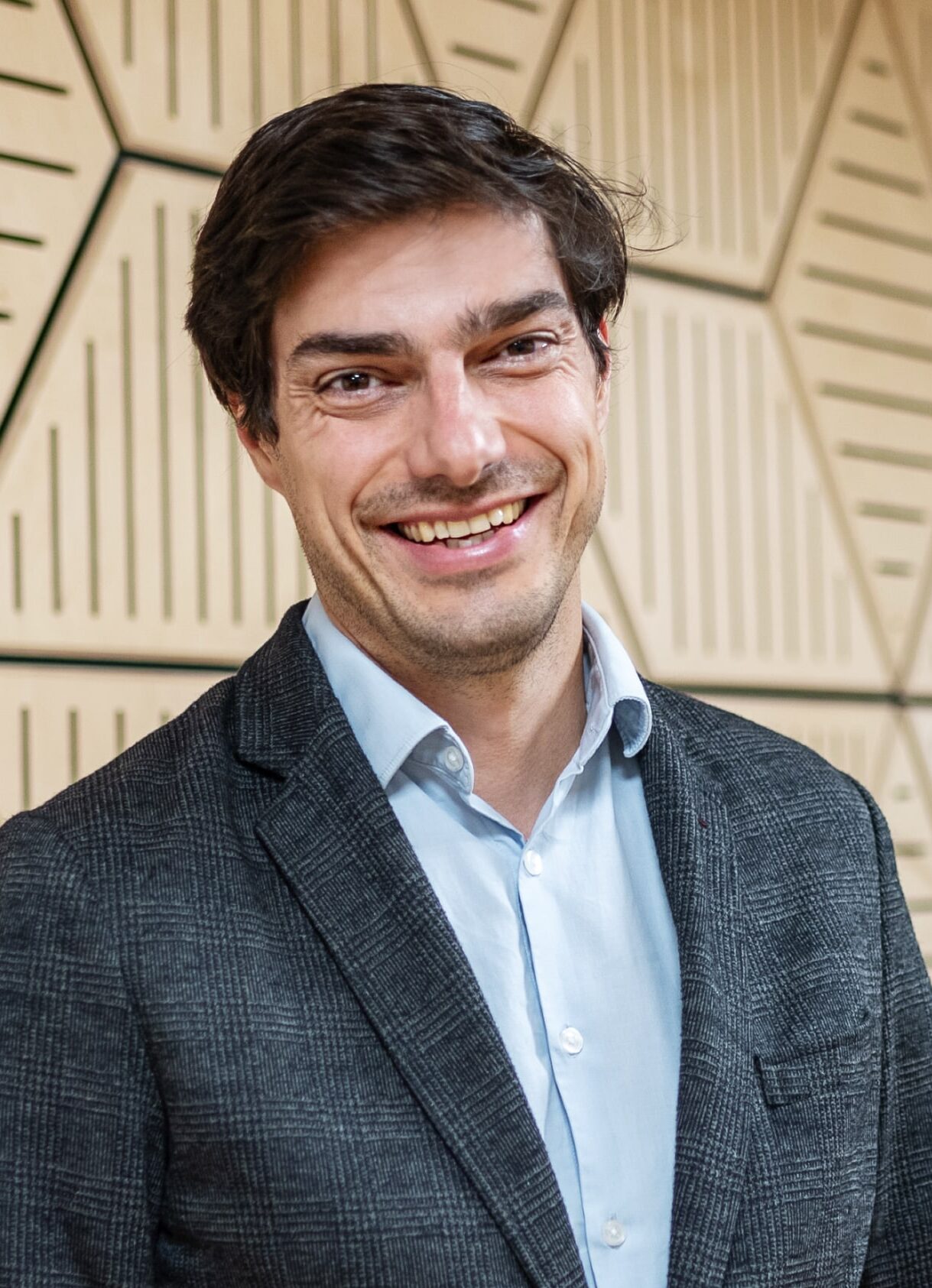It was a pleasure to be a part of the conversation that led to the first two grants being approved through the Reach Fund: talking through the first set of applications felt like a satisfying milestone. Over the past six months, our partners Social Investment Business (SIB) have done a great job in putting all the pieces in place, including recruiting 10 ‘Access Point’ social investors, who are now referring potential investees into the programme.
The brief for the Access Points is to identify organisations who would have a good chance of being successful investees, but for a small amount of preparatory or development work: neither ‘green’ (already investment ready), nor ‘red’ (not nearly ready), but ‘amber’. The amber organisation is then asked to complete an online diagnostic, and discusses the results with their Access Point, who advise them on a plan which becomes the basis for their Reach Fund application. The idea is that this will help the Reach Fund target its grant funding on work that has the best chance of leading to an investment being made. So will it work?
On the immediate effect, we’ll soon have meaningful data: the number of Reach Fund grantees that complete their projects and subsequently take on investment. Although even in those cases where that happens, we have more questions to ask about whether the outputs of the project (eg a revised business plan, leadership/trustee training, marketing support), made the crucial difference to the investment decision. Given that we’ll have many different Access Points making those decisions, we’ll also get an insight into the varying requirements they place on investees, and how astute their judgements turn out to be in the long run.
Because in a broader sense of ‘working’ we won’t know, really, for another few years yet. Our vision describes “charities and social enterprises becoming more financially resilient and self-reliant”, which we’re trying to achieve through making it easier for those social organisations to take on social investment, typically for the first time. Whether the latter results in the former is a question whose answer plays out over years: so while we will rightly measure success initially through the number of grants approved and deals being done, we’re conscious of the need to go on to understand the long-term outcomes for the Reach Fund grantees.
Which, in practice, means lots of questions about data. What bits of information do we need to collect, how often, and how will it be used? We know we need both to keep on top of what’s happening now, and describe the starting point of the grantees, and plan to be able to carry on being in touch with them over a long period, to track their progress.
This raises the question of what will motivate the grantees to keep responding, sharing their experiences of whether taking on social investment has led to an increase in their organisation’s financial independence. While part of the answer can be derived from open charities and companies data, we’ll not get a rich understanding of the long-term impact of social investment on these organisations without getting more ‘hands on’. While this may include interviews and surveys, we’re particularly interested to see ways in which peers can learn from and support each other (and in the process help us understand what’s working).
We’re in the process of finalising our learning strategy, which will see us supporting our delivery partners, intermediaries, investees and grantees to build structures which help us all keep these questions in mind, and ask better questions as we go. Over the course of next year we’ll be establishing a learning programme which, to pick up the refrain of my last post, will help us all hit our respective grooves. More news in January on that front: excellent festives to one and all in the meantime.









